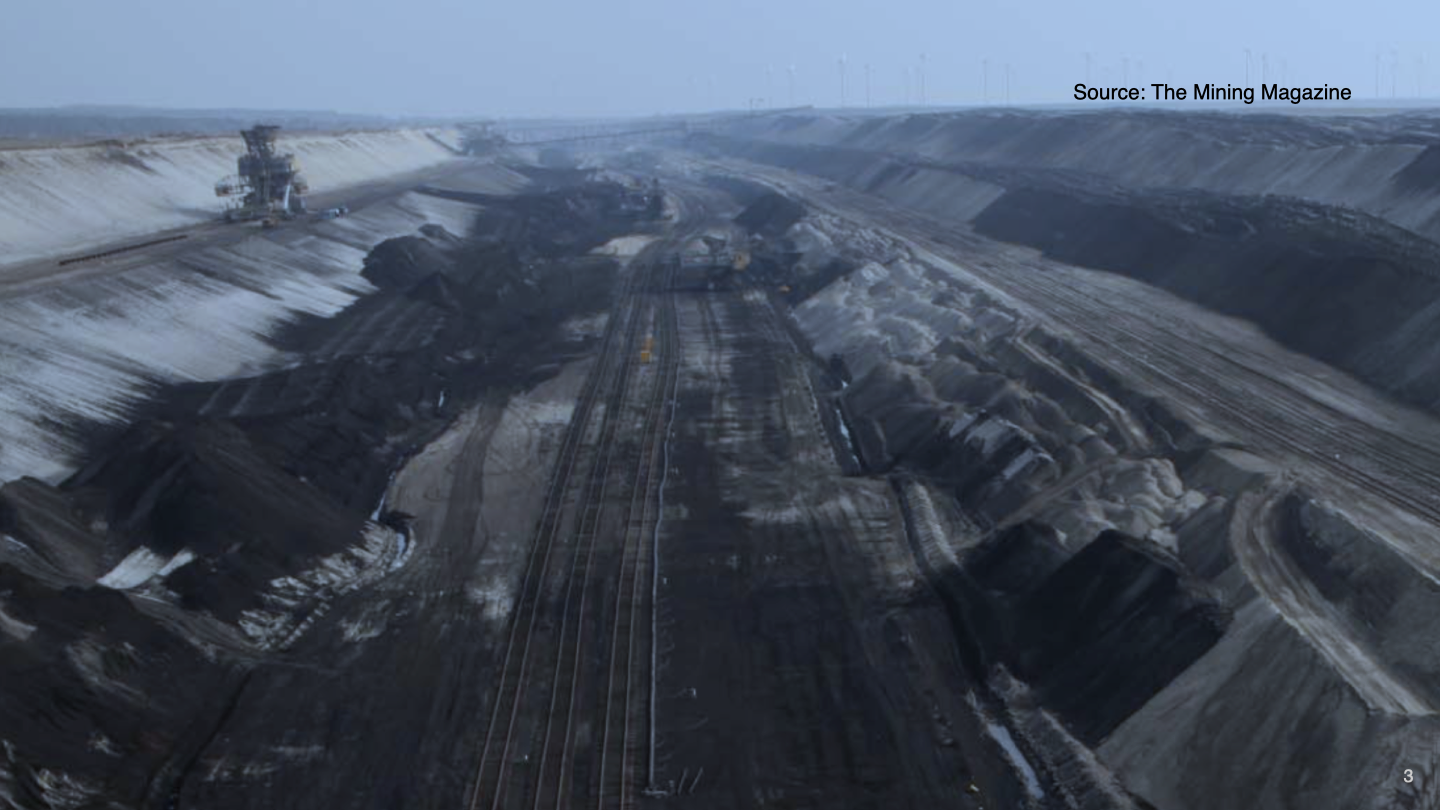This is an overview of the presentation Filippo Imberti made for the Nobel Fest event last week. He participated in the open dialogue about the global practices, issues and changing trends is essential in achieving well-functioning and liveable environments.
This overview looks at the role of cities in carbon emissions, and potential solutions:
- We only have 28 years to meet the zero- carbon targets according to the IEA.
2. This interest the urban practice since cities take up a lot more co2 than other land uses:


How cities take such a big percent of co2 emissions? There is three main components
Buildings
Land consumption vs density and mix of uses
Mobility and fossil fuels
While the panorama is not looking good, this overview provides quick ideas to change city making, to reduce co2 emissions and design greener urban futures:
- Understand cities as the main sources of co2 and, at the same time, the main spaces humans live in.
- Identify and change building materials that are more polluting.
- Think of densification and flexible use policies to implement a better use of space.
- Change the mode of transportation and mobility.


 Deutsch
Deutsch Русский
Русский




